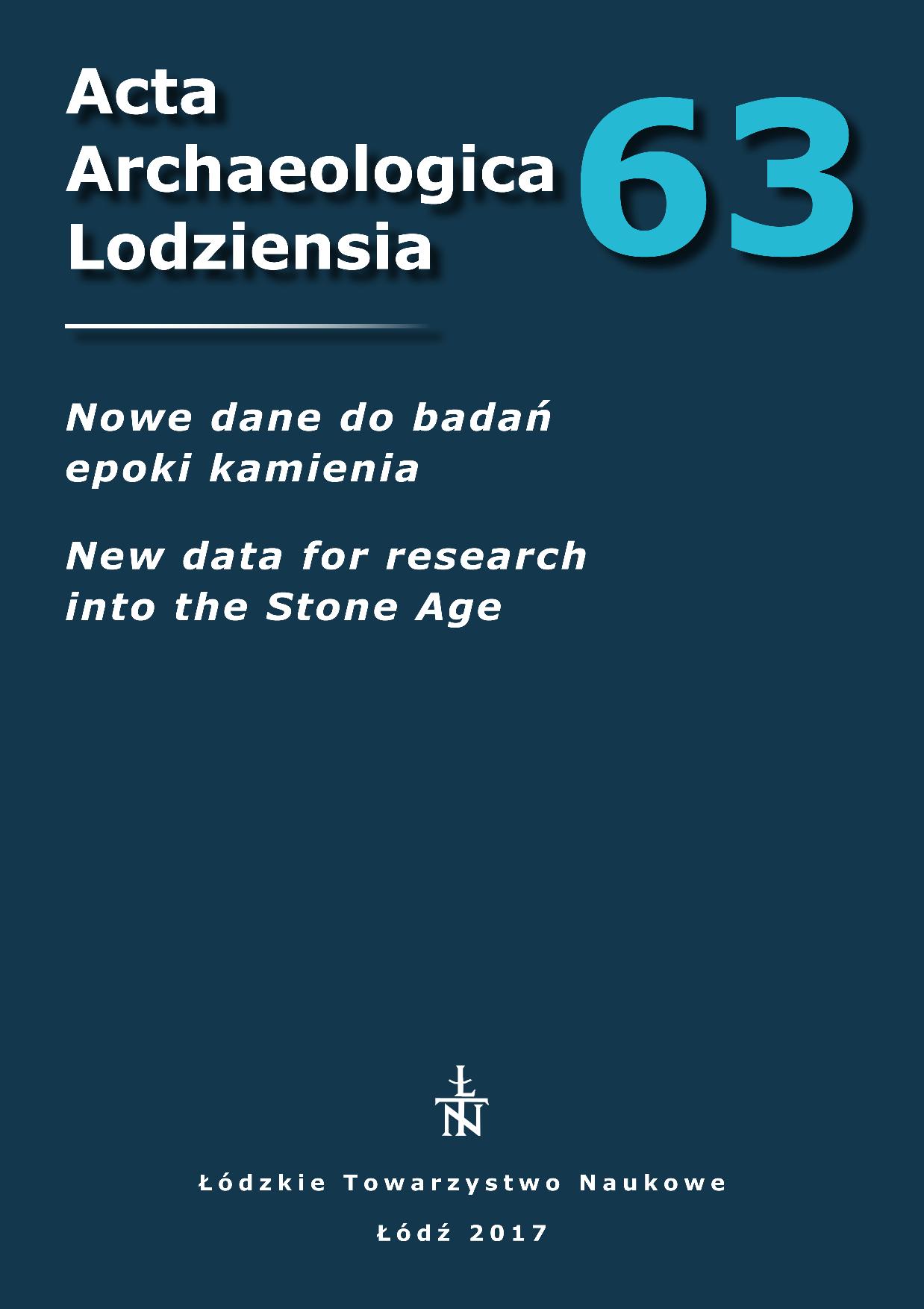New interpretations of the Neolithization process in South Scandinavia during the late 5th and early 4th millennium BC – an identification of the scouting, pioneering and consolidation phase
Abstract
In this paper it is argued, that the expansions of agrarian practices in southern Scandinavia were associated with three specific phases: a scouting, pioneering and consolidation phase. The scouting phase was initiated by neighbouring agrarian societies in Central Europe during the late 5th millennium BC in order to identify future settlement grounds in South Scandinavia. The scouts initiated social gift relations with indigenous hunter-gatherers, which resulted in novel changes within the material culture together with the earliest evidence of domesticated animals and plants. These scouts laid the foundations for a migration of pioneering farmers beginning around 4000 cal BC, which were related to the Michelsberg Culture. These incoming pioneering farmers can be associated with some fundamental changes, as they settled on easy arable soils, thus demonstrating the introduction of an agrarian subsistence together with a new material culture and symbolic behaviour in South Scandinavia. The migration of pioneering farmers swiftly changed the material culture within the indigenous populations, thus supporting the theory of integrationism between the early farmers and local hunter-gatherers. Contemporary evidence from 4000 to 3700 cal BC also indicate a variable degree of continuity within the material culture and subsistence strategies, thus suggesting a population duality consisting of farmers living on easy arable soils and indigenous hunter-gatherers experimenting with agrarian practices, who settled the coastal zone. The continuous engagement and social interaction between the farming societies living in the inland and the hunter-gatherers in the coastal zones resulted in a consolidation phase from 3800 cal BC onwards, which is characterized by a fully integrated and developed agrarian society, which were interconnected with a larger European network.



